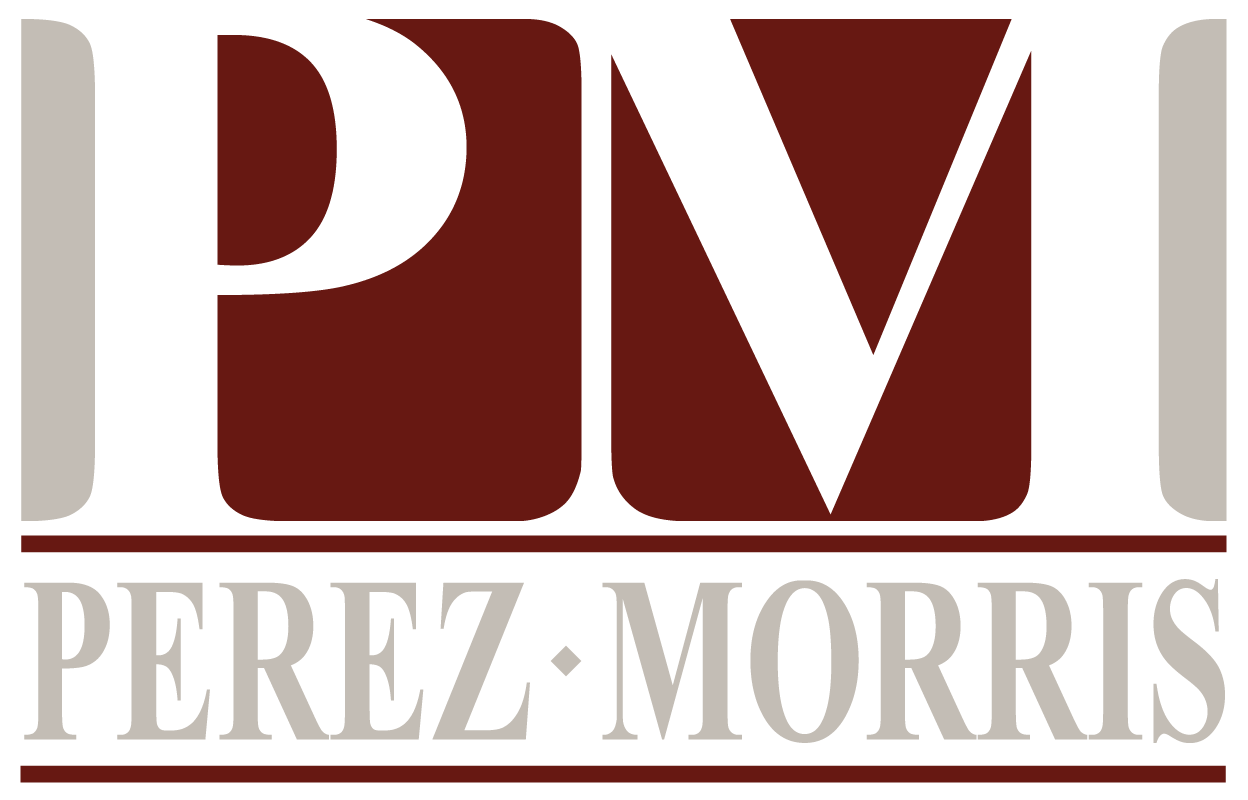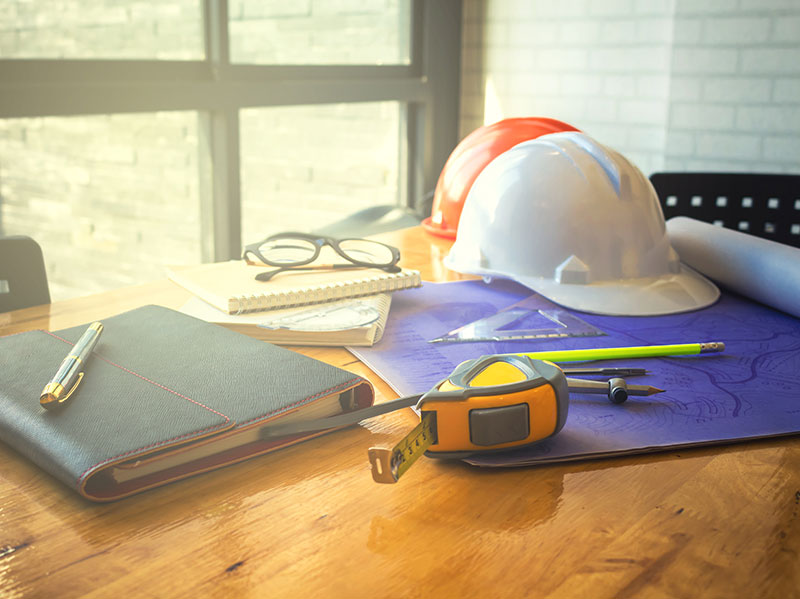In New York there are two separate and distinct bodies of law known as the New York Labor Law. One set of the Labor Law statutes deal with employment law, the other body of law, which is a separate and distinct body of law known as the New York Labor Law Statutes, deals with injuries caused and suffered by workers on construction sites.
The New York Labor Law Statutes came about in New York in the 19th Century. At the time the scaffolding law was being enacted, the federal government had not yet enacted certain federal protections such as the Occupational Safety and Health Administration or workers’ compensation programs. The legislative history and the intent behind the New York Labor Law statutes was to provide special protections to workers who were injured in construction accidents. When you think of all the photographs you have seen of the Manhattan skyline, there are always a few pictures which depict workers on steal beams above the city either having lunch or working on the building. It was for those workers that the legislature enacted these statutes to protect them and their families from injuries and death.
Labor Law Sections 200, 240(1), or 241(6) encompass all aspects of construction, and include renovations, alterations, or repairs of any structures or buildings. If a worker is injured due to a violation of any of these statutes, the injured worker may be entitled to recover damages regardless of who was responsible for the accident.
New York Labor Law § 200
New York Labor Law § 200 codifies the common law duty of owners of properties and general contractors doing work on the property to protect the safety “of all persons employed on the job-site or lawfully frequenting such places.” For a plaintiff to prevail under the safe workplace doctrine, the injury must be related to the workplace, and the plaintiff must show that the owner or contractor controlled the area or had notice of a dangerous and/or defective condition. The definition of “workplace” or “worksite” within the Labor Law is broadly interpreted. However, the definition is not only limited to the actual construction site, but it also includes nearby or adjoining areas such as passageways or walkways to and from the work area. Liability will be imposed upon a landowner under Labor Law § 200 when a plaintiff’s injuries were a result of a dangerous and defective condition at the construction site, rather than the manner in which the work was performed.
While defenses are limited in Labor Law cases, one defense allowing the landowner, under Labor Law § 200, to escape liability, is to show that they did not exercise supervision and control over the work being performed at the site and did they not have actual or constructive notice of the unsafe condition causing the accident. Begor v. Mid-Hudson Hardwoods, Inc., 301 A.D.2d 550, 754 N.Y.S.2d 57 (2d Dep’t 2002).
Ordinarily, if the landowner or lessee (tenant) contracts out the construction, renovation and/or demolition, the landlord or tenant may not exercise control over the construction site and the responsibility usually lies with the general contractor and its subcontractors for job safety. However, the owner should, before initiating any construction, remodeling, or demolition on the property, make sure that they have properly crafted contractual agreements signed by the owner and contractor that adequately set forth who is responsible for the construction, renovation and/or demolition, and that there exists a properly worded defense and indemnification clause in the event that an accident occurs on the job site.
New York Labor Law § 240 (1)
Labor Law § 240 (1) more commonly known as the New York “Scaffolding Law,” relates to gravity-related falls. The law was implemented to protect workers from falls from ladders, scaffolding or any other gravity or elevated injuries to construction workers and to protect workers who are injured by materials which have fallen from an elevated height due to improper hoisting, securing, etc. The statute places the responsibility of a plaintiff’s fall from an elevated height on the property owner and the general contractor for failing to furnish proper and non-defective safety devices to alleviate the risks. According to New York Labor Law, it is the responsibility of the property owner, general contractor and/or sub-contractor to furnish proper safety lines, harnesses, guardrails, etc., which are necessary to guarantee a worker’s safety while working at an elevation.
The law imposes absolute liability on the construction companies, property owners and/or contractors who are responsible for maintaining a safe work environment. While the statute does not use the language strict or absolute liability, New York Courts have held that the employer has an “absolute duty” to furnish safe scaffolding and would be liable when they failed to do so and injury resulted (Maleeny v. Standard Shipbuilding Corp., 237 NY 250, 253 [1923]). Additionally, the New York Courts have also found liability under Labor Law § 240 (1) as “absolute” in the sense that owners or contractors not actually involved in construction can be held liable (Haimes v. New York Telephone Co., 46 NY2d 132, 136 [1978]), regardless of whether they exercise supervision or control over the work (Ross v. Curtis-Palmer Hydro-Electric Co., 81 NY2d 494, 500 [1993]). Intending the same meaning as absolute liability in Labor Law § 240 (1) context, in 1990 the Court introduced the term “strict liability” (Cannon v. Putnam, 76 NY2d 644, 649) and from that point on used the terms interchangeably.
What makes this statute so difficult to defend is that throughout the history of the scaffold law and its amendments, the statutory language has never explicitly barred contributory negligence as a defense. However, in 1948 the New York Courts reasoned that the statute should be interpreted that way if it is to meet its objective (Koenig v. Patrick Constr. Corp., 298 NY 313, 316-317). Thus the New York Courts have constantly and consistently held that contributory negligence will not exonerate a defendant who has violated the statute and proximately caused a plaintiff’s injury (Zimmer v. Chemung County Performing Arts, Inc., 65 NY2d 513, 521 [1985]).
Further our Courts have emphasized two (2) points in applying the doctrine of strict or absolute liability. First, that liability is dependent on a statutory violation and proximate cause. In Duda v. Rouse (32 NY2d 405, 408 [1973]), the Court held that a “[v]iolation of the statute alone is not enough; plaintiff [is] obligated to show that the violation was a contributing cause of his fall,” and second, that when those elements are established, contributory negligence cannot defeat a plaintiff’s claim. Therefore, section 240 (1) is an exception to CPLR 1411, which recognizes contributory negligence as a defense in personal injury actions (Mullen v. Zoebe, Inc., 86 NY2d 135, 143 [1995]; Bland v. Manocherian, 66 NY2d 452, 461 [1985]).
Because the terms “strict liability” and “absolute liability” have different meanings in different locations, a great deal of ambiguity, as well as uncertainty, has arisen in New York’s jurisprudence when dealing with New York Labor Law §240 (1), including a mistaken belief that a fall from a scaffold or ladder, in and of itself, will result in an award of damages to the injured party. The New York Appellate Division in order to defray that ambiguity has clearly held: “that is not the law, and we have never held or suggested otherwise.” (See, Blake v. Neighborhood Housing Service of NYC, 11 N.Y.3d 280 (2003); Narducci v. Manhasset Bay Assoc. (96 NY2d 259, 267 [2001]), (“Not every worker who falls at a construction site, and not any object that falls on a worker, gives rise to the extraordinary protections of Labor Law § 240 (1)”); Beesimer v. Albany Avenue/Route 9 Realty, Inc. (216 AD2d 853, 854 [3d Dept 1995]). (“the mere fact that [a plaintiff] fell off the scaffolding surface is insufficient, in and of itself, to establish that the device did not provide proper protection”); Alava v. City of New York, 246 AD2d 614, 615 [2d Dept 1997] (“a fall from a scaffold does not establish, in and of itself, that proper protection was not provided”).
Therefore, there can be no liability under section 240 (1) where there is no statutory violation and the worker’s actions (i.e., his negligence) are the “sole proximate cause” of the accident. In Blake, supra, the Court held that, “extending the statute to impose liability in such a case would be inconsistent with statutory goals since the accident was not caused by the absence of (or defect in) any safety device, or in the way the safety device was placed.”
Lastly our Courts have expressly stated that the language of Labor Law § 240 (1) “must not be strained” to accomplish what the Legislature did not intend” (citing, Martinez v. City of New York, 93 NY2d 322, 326 [1999]). “If liability were to attach even though the proper safety devices were entirely sound and in place, the Legislature would have simply said so, or made owners and contractors into insurers. Instead, the Legislature has enacted no-fault workers’ compensation to address workplace injuries where, as here, the worker is entirely at fault and there has been no Labor Law violation shown.”(See, Blake, supra).
New York Labor Law Section 241(6)
This statute is also known as the “Worker Safety Statute,” which provides that the owner of the premises can be held liable for failure to provide adequate safety devices (that is, unless you are talking about only a one or two-family dwelling). It is axiomatic that section 241(6) of the Labor Law was designed to be unified with Part 23 of the New York Industrial Code (also known as “Rule 23”), a set of rules promulgated by the Commissioner of the New York State Department of Labor setting forth specific safety requirements that apply to certain types of heavy construction, demolition and excavation work performed anywhere within the State of New York. Labor Law 241 (6) provides for specific provisions that should be employed and used when performing construction, renovation, excavation on work-sites.
New York Labor Law § 241(6) demands certain requirements and responsibilities for contractors and property owners that, when not followed, make that contractor and owner liable for any injuries that result. The following are what is required of contractors and property owners: proper construction of work sites; necessary safety equipment and training; appropriate safe-guarding of the site; safe operation of equipment; and proper conduct to ensure safety.
Plaintiff, in order to recover damages under the first sentence of subsection six, must show that the landowner had actual supervision or control over the injury-related work. However, if a worker who was injured can show that he or she was injured due to a violation of a specific Industrial Code provision, then the worker may not have to show actual control or supervision by the landowner or contractor in order to state a claim.
We at Perez & Morris have the experience necessary to guide you through theses difficult waters and are willing discuss your case and represent you in the event one of these types of cases arise.

Michael heads up the New York office of Perez & Morris. Prior to joining Perez & Morris, Michael was the managing partner of Myerowitz, Jeffrey & Glidden and his main practice area was in defense litigation and family law. Prior to attending law school, Michael was in law enforcement and retired in 1997 as a sergeant in charge of the Special Investigation Unit. Michael also worked as a detective with respect to crimes against persons, as well as undercover narcotics investigations.
Admissions: New York Bar and U.S. District Court Southern District of New York, U.S. District Court Eastern District of New York. Read more

